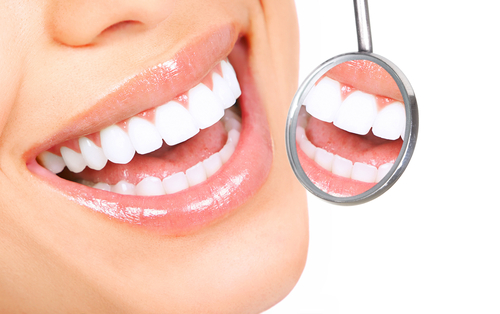 Dentistry is an important part of healthcare. Dental care, though, is
different from medical care. These differences must be reflected in plan design, benefits and legislation so that costly, inappropriate
regulation does not result in employers dropping dental benefits.
Dentistry is an important part of healthcare. Dental care, though, is
different from medical care. These differences must be reflected in plan design, benefits and legislation so that costly, inappropriate
regulation does not result in employers dropping dental benefits.
- Dental disease is limited in scope in comparison to medical, primarily involving tooth decay and gum disease.
- Dental disease is generally not acute or life-threatening.
Hospitalization is rarely needed, usually only in response to a
patient's medical condition. Emergencies are rarely treated in the
hospital, except for accidental injuries, which are generally covered
under medical plans.
- Many dental procedures are elective, reflecting equally
effective alternatives between more or less expensive treatment options.
For example, a crown is optional where a filling would be a
satisfactory treatment.
- General dentists provide 85% of dental care and account for
80% of total dental costs. Just the opposite is true for medical, where
secondary and tertiary care are most common, and primary care represents
the smallest component and cost.
- The American Dental Association recognizes only eight
specialties with no sub-specialties. The American Medical Association
recognizes 150 specialties and sub-specialties. While 82% of dentists
are general dentists, less than 15% of physicians are primary care
physicians.
- Over 70% of dentists are in solo practice, compared to less than 10% of physicians.
- Many dental services may be repeated if a satisfactory result
is not achieved. For example, a crown can be redone, while many medical
procedures are irreversible.
- Fewer dental claims are reviewed prospectively or denied for
appropriateness for necessity. Professional review is simpler. Dental
radiographs provide clear evidence of both treatment and need.
- HCFA, HEDIS and Milliman and Robertson provide objective,
science-based medical standards and measurements. For dental, there are
limited parameters of care but no widely accepted measurable benchmarks
at present.
- Consumers report no significant problems with dental benefits.
Satisfaction with dental plans is high across the dental product
spectrum as reported in studies by the American Dental Association,
William Mercer, Inc., and carrier surveys.
- Dental benefits provide a significant benefit for employees at
premiums about 1/10th to 1/15th of medical premiums. Surveys show even
modest increases in costs result in employers dropping dental benefits.
Approximately 37 million Americans don't have medical coverage. About
150 million don't have dental coverage.
- Imposing medically-oriented administrative requirements on
dental plans to solve problems that don't exist within the dental arena
will eventually cause an increase in premiums, resulting in fewer
covered individuals.